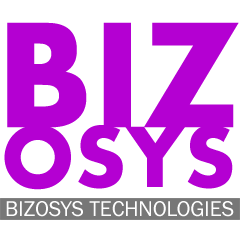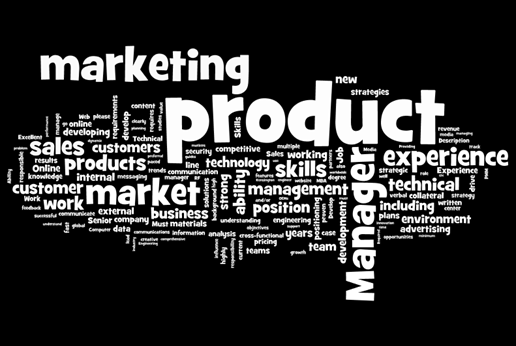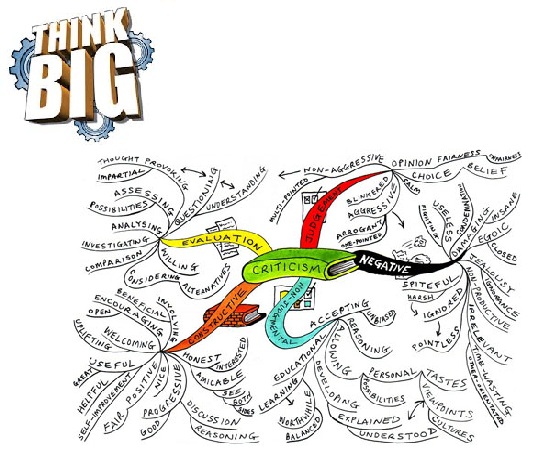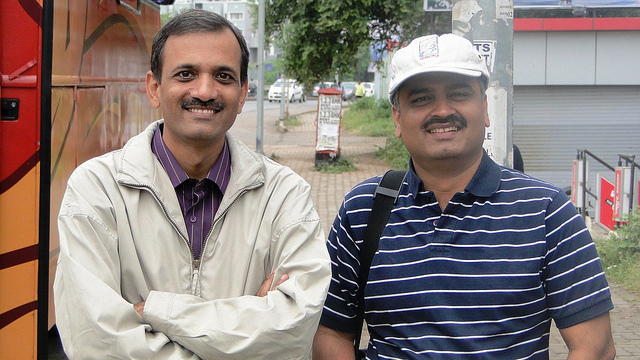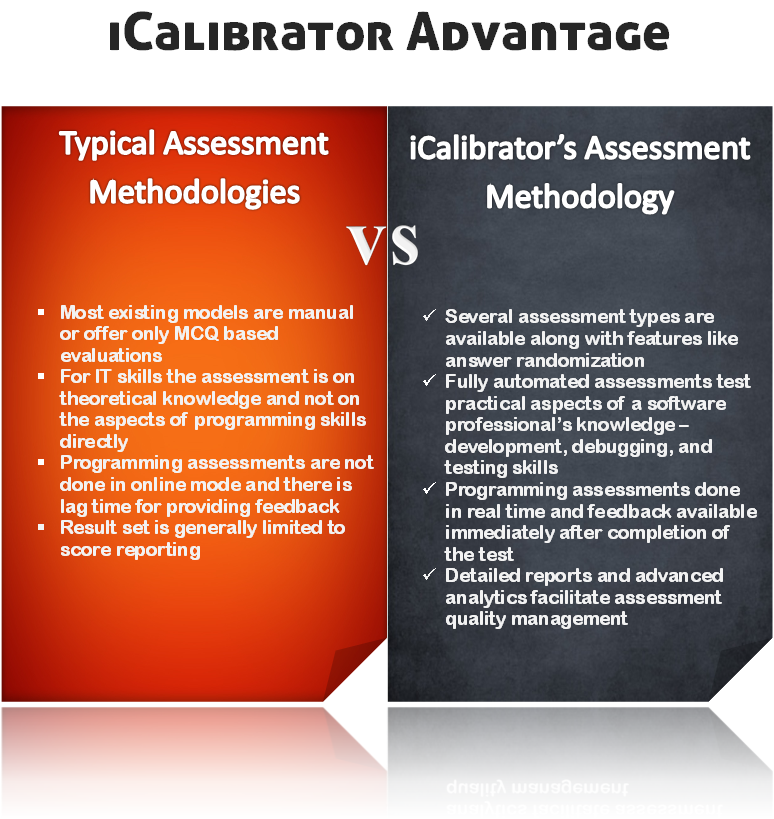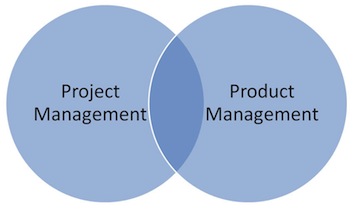Newly launched startups love to see their traffic and sign-up stats grow. Growth, after all, is opium for a startup fresh out of the door, and frequent refreshes of the sign-up logs are the happiest pastime for entrepreneurs.
Startups often tend to think of growth and engagement as two unrelated divorced concepts. In reality, nothing could be farther from the truth.
Startups that focus on growth, completely divorced of engagement, are often the invite-spam startups. With number of signed up users as the only metric for success, these startups pursue growth single-mindedly, get their k-factor and viral cycle time in order and hit the desired user numbers.
However, they often fail to focus adequately on engagement and in an age where there is no dearth of choice, lose all (or most of) the users that they acquired in the first place.
A PLATFORM THINKING APPROACH TO GROWTH
In the age of social products, every engaged user is a potential distributor of the product.
Growth and engagement feed each other. Startups that focus on engagement, invariably, realize that good engagement leads to good growth.
Every time a user engages with your platform, she is offering to be an evangelist for it. The onus is on the startup to leverage the user’s engagement on the platform for its growth needs.
In this context, I’ve written earlier about how producers/creators drive organic growth for user-contribution platforms. I’ve also written about how users are your new SEO team.
A SIMPLE HACK AS AN EXAMPLE A.K.A. GROWTH = ENGAGEMENT (Tweet This)
Here’s a screenshot of the answer creation box on Quora. Notice anything interesting?
It’s a screenshot from Quibb, an invite-only social network.
But if the user also checks the ‘Tweet’ box, she’s potentially starting a growth loop as well.
If you just post, you’re feeding engagement. If you click that box, you’re entering the growth loop as well.
There, that was simple enough! Growth can, in many ways, be just one click away from engagement.
The power of platform thinking is in the fact that users are now the new product marketers. The more you engage them, the more growth opportunities they present you with.The more you con them into sending out ‘frictionless’ invites, the less likely are they to bring you any sustainable growth.
DESIGN PRINCIPLES FOR GROWTH = ENGAGEMENT
Here’s a quick and dirty framework to think through growth in the context of building engagement.
1. FOR EVERY USER ACTION, IS THERE A MOTIVATION TO SPREAD THE WORD ON EXTERNAL NETWORKS?
In the case of Quora and Quibb above, the user is likely to want a broader audience (and especially her immediate network) for the content she created. Motivation is key here. Motivation works especially well for self-promotion platforms like KickStarter and Change.Org. But even platforms that are not solely for self-promotion can play on a user’s interest in getting the word out.
2. HOW CAN WE PROVIDE USERS WITH THE TOOLS TO MAKE THIS A ONE-CLICK EXPERIENCE?
One-click is key here. The engagement to growth transition should be as seamless as possible. The user should be required to invest minimum effort. This is exactly the reason I showcase the examples above. The user doesn’t have to go through a new follow, it is not an afterthought to the content creation, there is no additional pitch to the user to get the word out. It is all incorporated seamlessly in one action. One-click is a very powerful design principle in general.
3. HOW CAN WE ENCOURAGE SUCH BEHAVIOR FOR USERS?
For all the motivation that users may have, they may not start doing this right away. It is unto the platform owner to encourage the user to start doing this. Quibb ‘encourages’ users by often retweeting the tweets that users send from Quibb and giving them a bigger audience. Slideshare actually ties the success of your uploaded presentation to your ability to have it be shared on different networks.
4. IF GROWTH IS A PRIORITY, REMOVE THE CLUTTER!
This is where Quibb, in the screenshot above, does a better job than Quora. The interface on Quora is too cluttered and one is likely to miss the checkboxes in the middle of everything else. On Quibb, it’s fairly simple: You can feed engagement, but we also give you the option of feeding growth! Up and center!
Engagement is the most sustainable growth strategy. Creating real engagement and creating opportunities for engaged users to get the word out is the best way to sustainable growth.





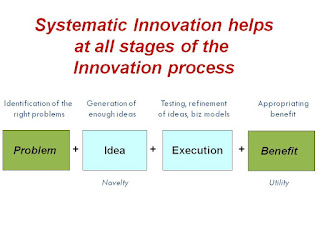
 ian companies need to embrace systematic innovation so as to capitalize on their innate abilities of intuition and market sensing. Vinay Dabholkar and I hope that 2013 will be the year for systematic innovation in India. May systematic innovation go viral! Our own contribution towards this will be released soon – watch this space for more details!
ian companies need to embrace systematic innovation so as to capitalize on their innate abilities of intuition and market sensing. Vinay Dabholkar and I hope that 2013 will be the year for systematic innovation in India. May systematic innovation go viral! Our own contribution towards this will be released soon – watch this space for more details!




